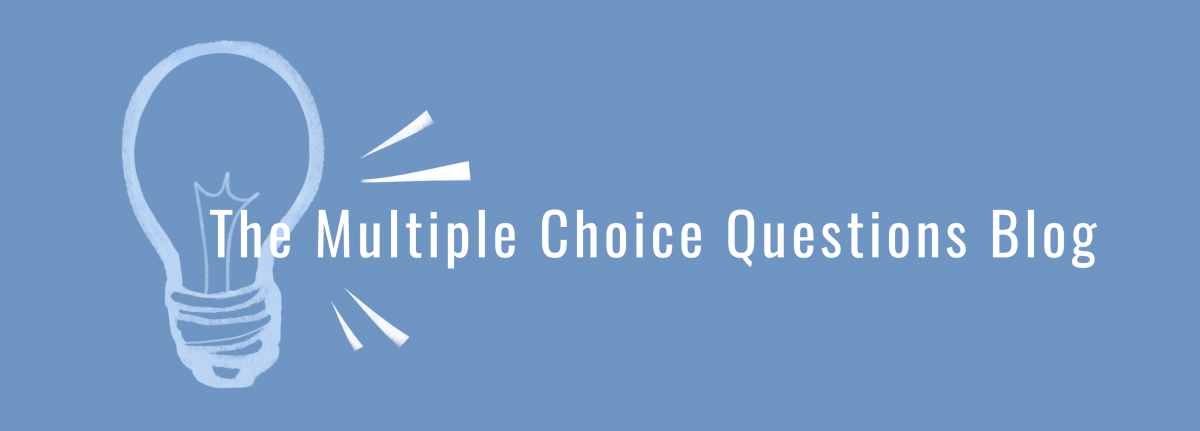
Alex plc is preparing its income statement for the year ended 31 December 2024.
On the initial trial balance at that date administrative expenses have a debit balance of £684,000 before accounting for depreciation and profits/losses on disposal in respect of the company’s computer
equipment.
At 31 December 2023 Alex plc had computer equipment that cost £1,004,408, all of which had been purchased on 1 January 2022, and it had accumulated depreciation of £697,600.
A computer system costing £6,800 was sold on 1 January 2024 for £1,800. Computer equipment is depreciated monthly over four years.
The amount to be disclosed as administrative expenses in Alex plc’s income statement for the year ended 31 December 2024 is?
Select ONE answer:
- £933,402
- £935,002
- £936,702
- £963,702
Show your workings to arrive at your answer, and explain and justify your reasons:
……………………………………………………………………………………………………………………………………………………………………………………………………………………………………………………………………………………
This multiple-choice question is suitable for Accounting KS5 classes.
The answer is 2
- Not correct
- Correct – In respect of the disposal, the computer sold had a carrying amount of £6,800/4 x 2= £3,400 at 1 January 20X4, so a loss of (3,400–1,800) = £1,600 arises on disposal. The remaining computers have a cost of £997,608 (1,004,408 -6,800). We know that none of them was written down fully at the previous year end, and we can assume there have been no additions, so depreciation of £997,608/4 = £249,402 arises.
- Not correct
- Not correct

This work is licensed under a Creative Commons Attribution 4.0 International License.





You must be logged in to post a comment.